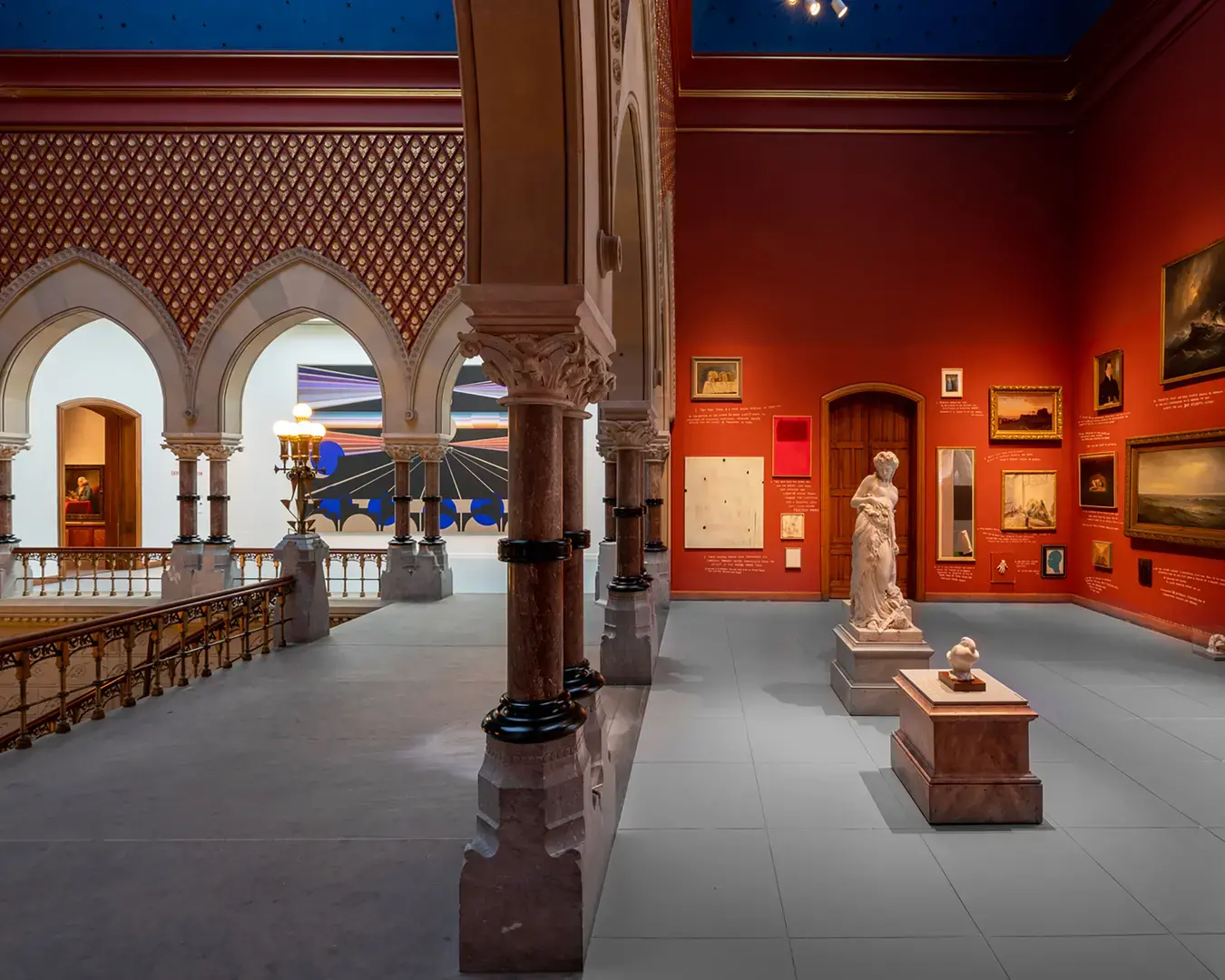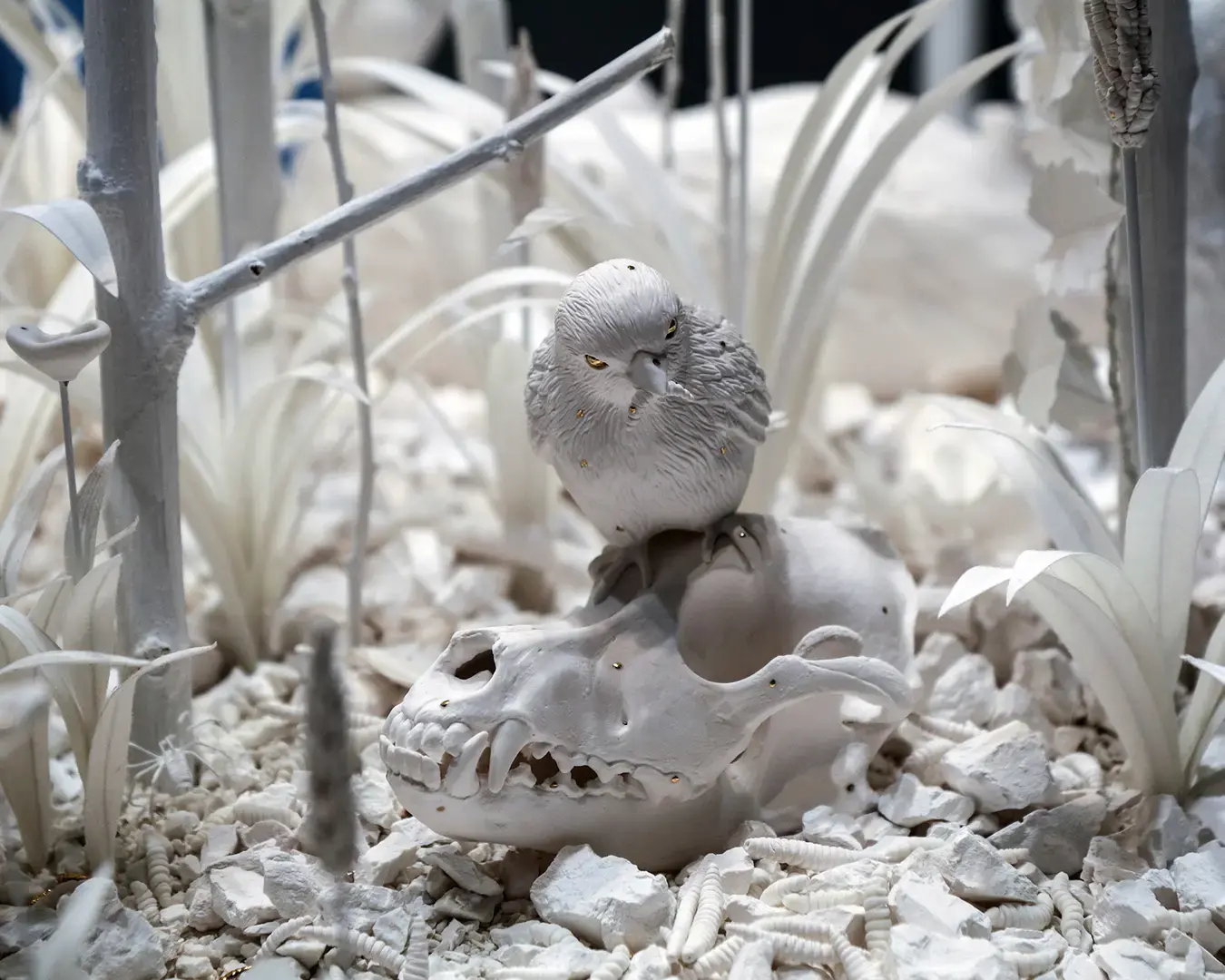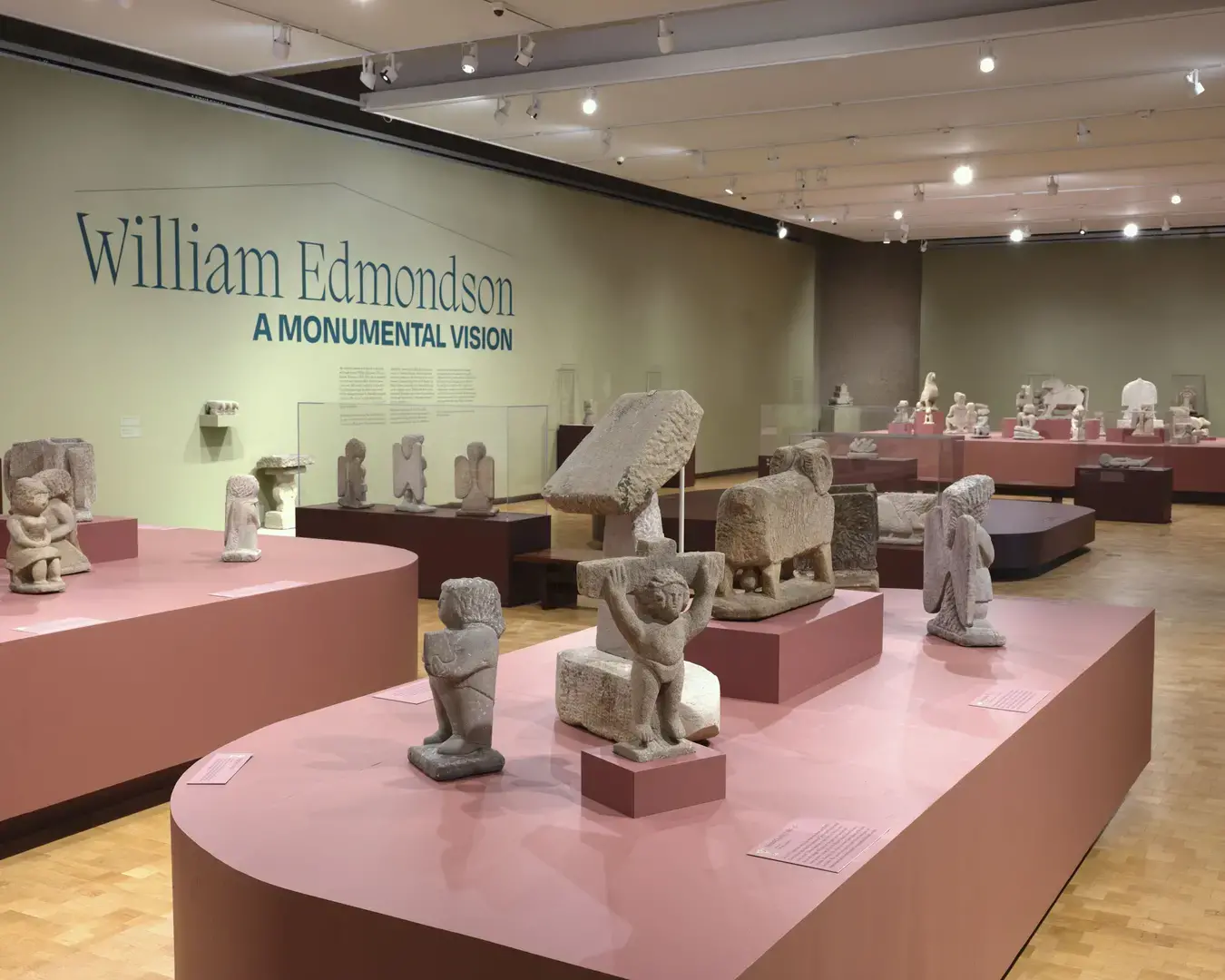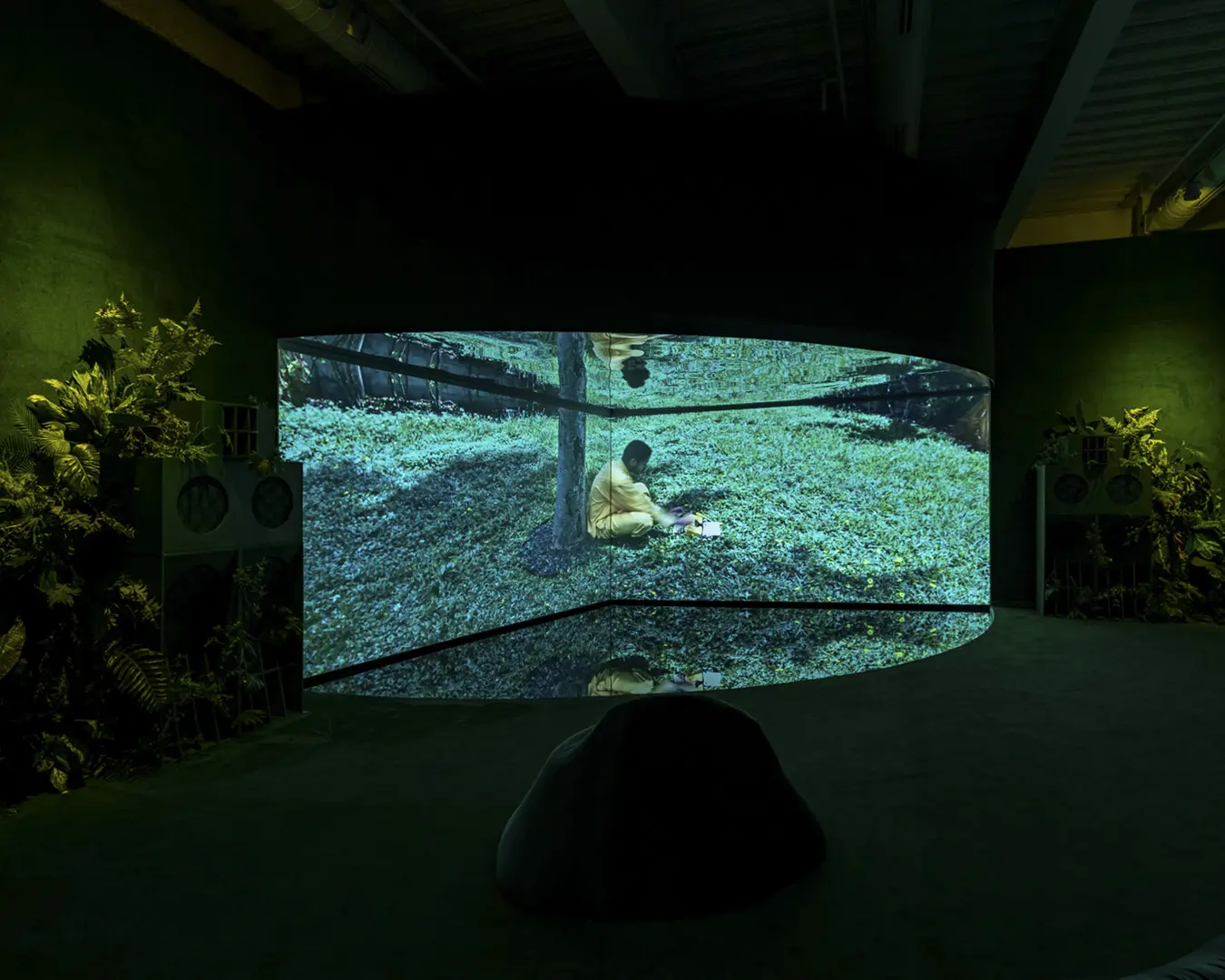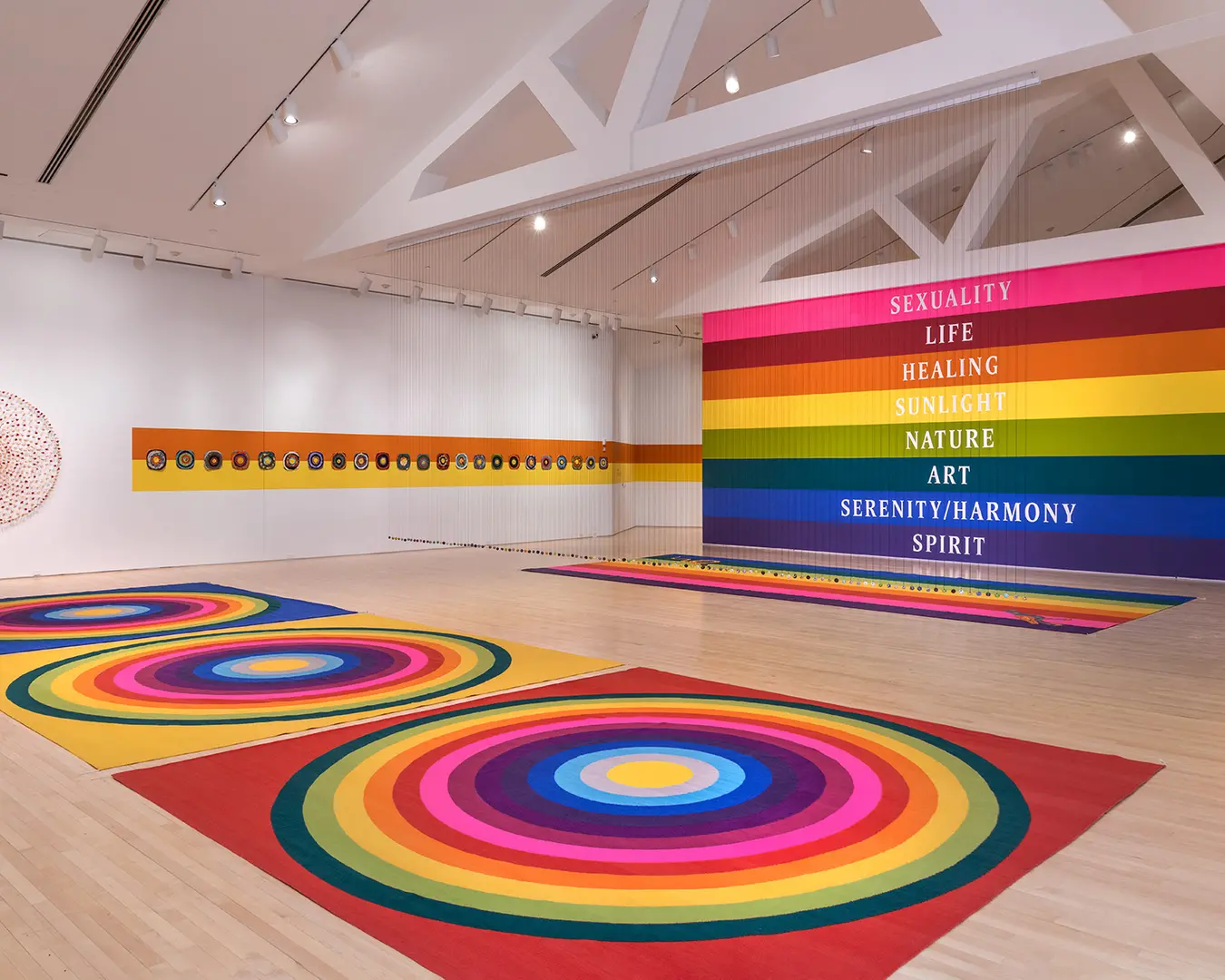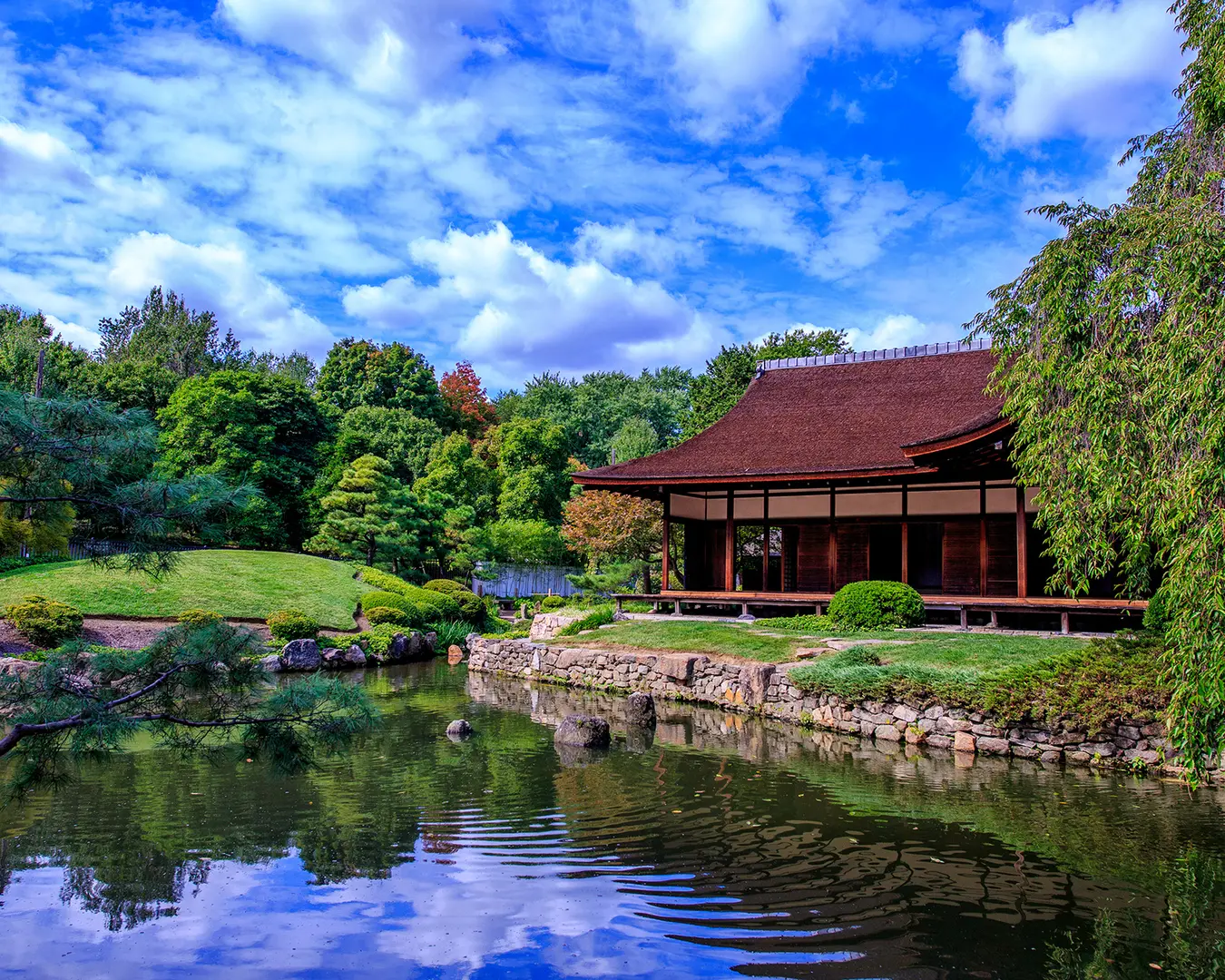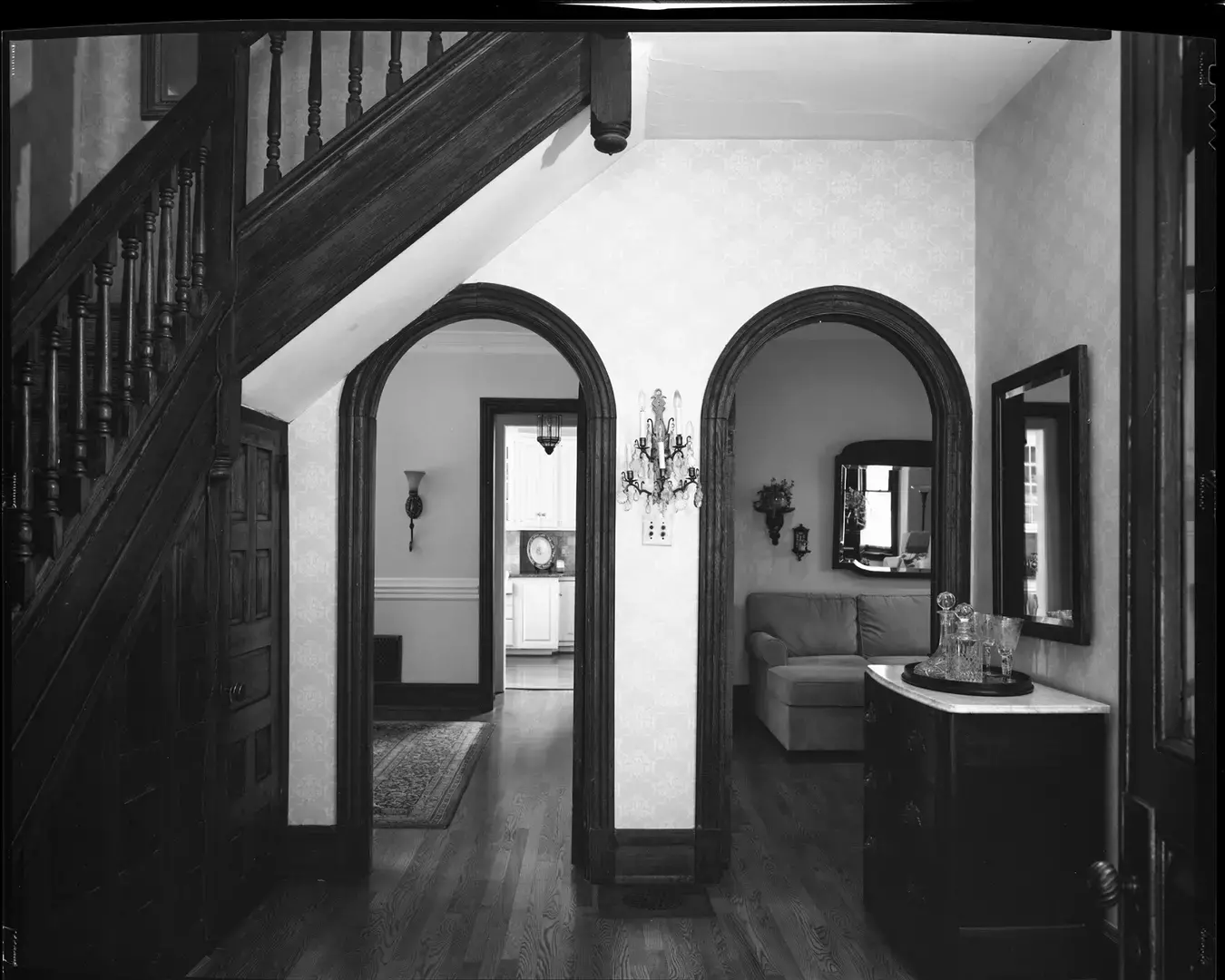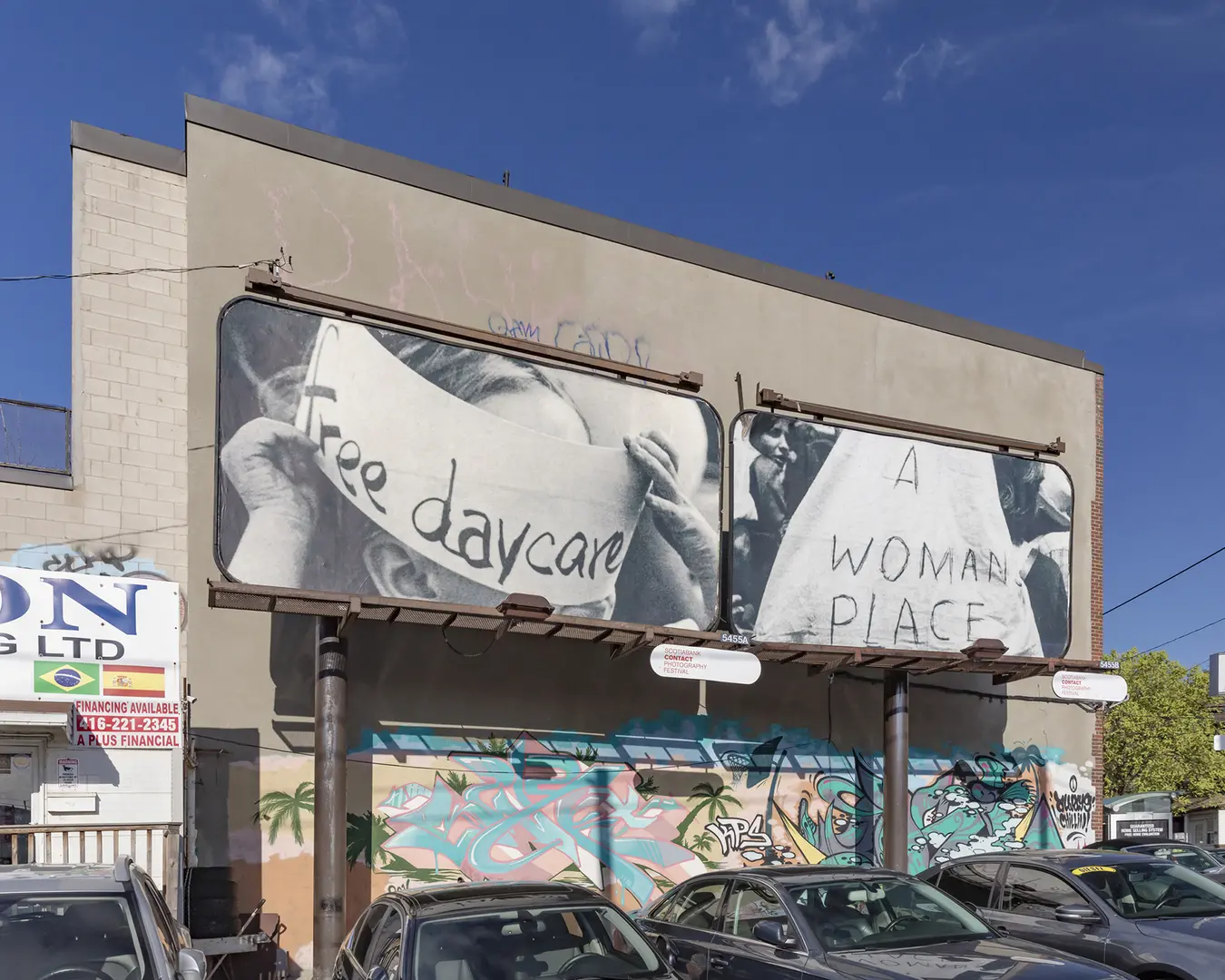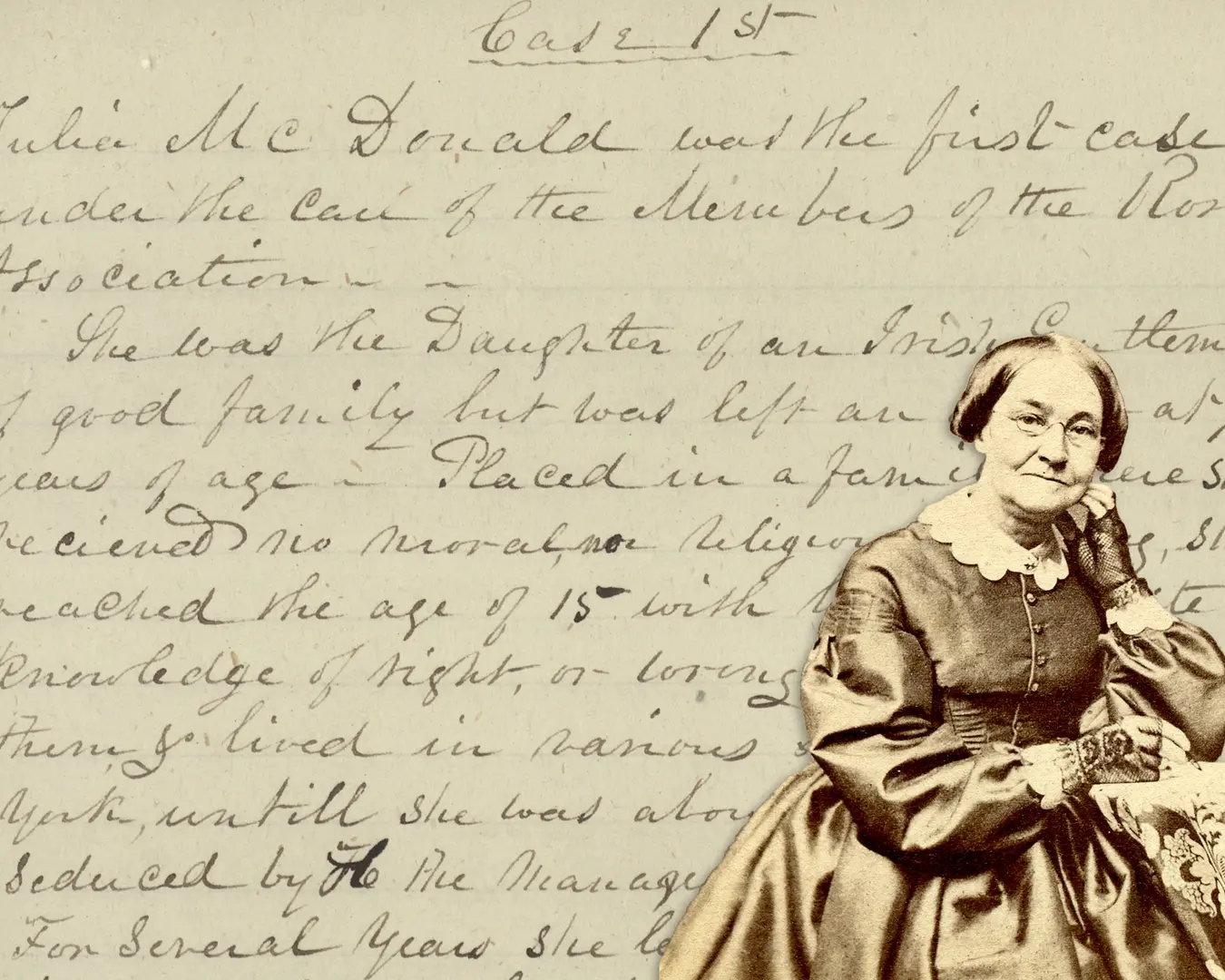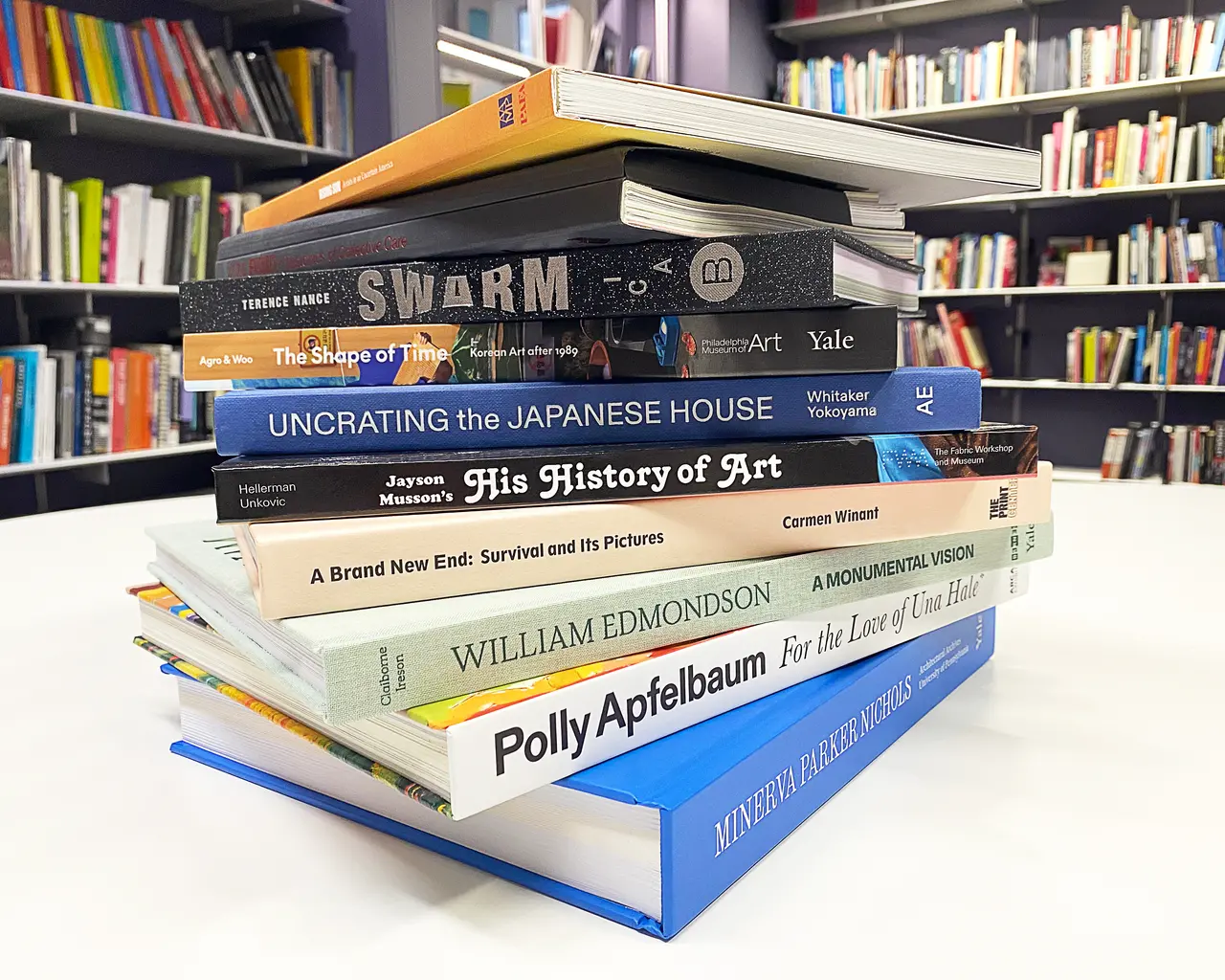
Center-funded projects are not always over when the curtains or gallery doors close. Many of their accompanying publications are works of art unto themselves. Whether you’re looking to learn more about one of our grantees’ exhibitions or performances or discovering something new, any of these publications could be a fascinating addition to your library.
Each book is available for purchase or online reading.
Stay in the know about Center grantees.
Artists on National Identity
Rising Sun: Artists in an Uncertain America
Two historic museums—the African American Museum in Philadelphia and the Pennsylvania Academy of the Fine Arts—presented a joint exhibition of new works from 20 artists considering the question, “Is the sun rising or setting on the experiment of American democracy?” The catalogue features the works of contributing artists Petah Coyne, Dread Scott, Hank Willis Thomas, and others.
The Shape of Time: Korean Art after 1989
Philadelphia Museum of Art’s exhibition of contemporary Korean art comprised works from more than thirty artists to consider individual experiences and a collective memory of the transition from South Korea’s last authoritarian regime to the onset of globalization and new democratic freedoms. The exhibition catalogue includes artist biographies, an illustrated chronology, and a selected bibliography.
Individual Artist Inquiries
William Edmondson: A Monumental Vision
The Barnes Foundation’s retrospective on William Edmondson, the first Black artist to have a solo exhibition at MoMA, recontextualized the self-taught sculptor’s work—biblical subjects, the natural world, and everyday people like nurses and preachers—and life in the context of the early 20th-century art world. The exhibition catalogue includes new essays examining the relationship between Black cultural production and the American museum and considers how the artist’s identity and position within history influenced his life and work.
BlackStar Projects’ Swarm was the first solo exhibition presenting the work of filmmaker, musician, writer, and actor Terence Nance. Installed in immersive environments at the Institute of Contemporary Art, Nance’s film works experiment with temporality, spirituality, and lineage. The project catalogue traces the artist’s interdisciplinary work and the artistic community he has cultivated and collaborated with.
Watch Nance talk about the nuances of presenting film in a gallery space.
Jayson Musson: His History of Art
In a residency at The Fabric Workshop and Museum, artist Jayson Musson created a series of videos satirizing art history in the style of a children’s TV show. The videos, which featured Musson and a puppet friend named Ollie on sets decorated with comedic nods to art history, scrutinizing the limited perspectives and power imbalances of the art world. The catalogue from the exhibition includes an interview with the artist, essays, and behind-the-scenes photos from the show’s production.
Polly Apfelbaum: For the Love of Una Hale
Visual artist Polly Apfelbaum spent a two-year residency at Arcadia University creating new ceramic works influenced by Pennsylvania German art and culture. The catalogue includes over 160 images, including photos of each of the 63 new ceramic works and two wallpaper pieces Apfelbaum created, as well as reproductions of 40 curated works by folk artist David Ellinger (whose paintings hung in Apfelbaum’s childhood home) exhibited as part of the project.
History of Design
Japan America Society’s Shofuso and Modernism project explored the transcultural collaborations among Japanese American furniture designer George Nakashima, Japanese architect Junzo Yoshimura (who designed Shofuso), and European American architects and designers Antonin and Noémi Raymond. This book features essays and new and historical photographs centered on Yoshimura’s designs. The images document Shofuso and two related sites in New Hope, Pennsylvania: Nakashima Studios, where the designer lived and produced furniture, and the Raymonds’ residence, built inside an 18th-century Quaker farmhouse.
Minerva Parker Nichols: The Search for a Forgotten Architect
This University of Pennsylvania Stuart Weitzman School of Design project surveyed the work of America’s first independent woman architect, reexamining her significant contributions to Philadelphia’s built environment at the turn of the 20th century and spotlighting the broader legacy of women in design. Featuring new photos of Parker’s work, this publication catalogs her completed architectural works, illustrations, and archival material.
Communal Aid & Healing
A Brand New End: Survival and Its Pictures
For an installation at The Print Center, photographer Carmen Winant plumbed the archives of the National Coalition Against Domestic Violence and Women in Transition, which began as a feminist collective in 1971 and today serves women navigating issues like divorce, domestic violence, and substance abuse. The work and resulting artist’s book document the project’s photos, ephemera, and prints displayed in Philadelphia bus shelters, reflecting on historic and contemporary visual representations of women’s oppression, liberation, and self-expression.
Rosine 2.0: Futures + Histories of Collective Care
Swarthmore College’s Rosine Association 2.0 revisited the mission of Mira Sharpless Townsend’s original Rosine Association—founded in 1847 to help women struggling with physical abuse, exploitation, and drug use. A team of artists, harm reductionists, community archivists, partner organizations, and community members involved in street economies created new artistic works and a community-based archive to explore harm reduction, mutual aid, and collective healing. The companion publication features essays and interviews, historical and contemporary ephemera, a portrait series featuring project participants, and documentation of the community-engaged processes that anchored the project.
